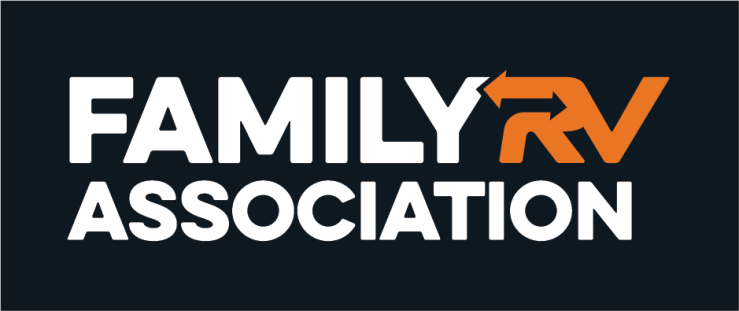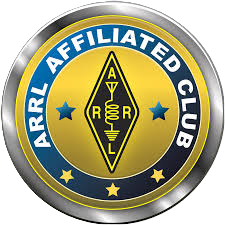*FRVA-ARC* EchoLink Conference Node
Node is now online using a Virtual Private Server (VPS) in Lenexa, KS.
FRVA ARC Conference Schedule
Contact: WB9FHL, John Bechtoldt, email John
Conference Node Server On-line Schedule
To join a Conference during activated times, connect to conference node: *FMCA-ARC*
| Year | Quarter 1 | Quarter 2 | Quarter 3 | Quarter 4 |
|---|---|---|---|---|
| 2023 | 2023-Q1 | 2023-Q2 | 2023-Q3 | 2023-Q4 |
| 2022 | 2022-Q1 | 2022-Q2 | 2022-Q3 | 2022-Q4 |
| 2021 | 2021-Q1 | 2021-Q2 | 2021-Q3 | 2021-Q4 |
| 2020 | 2020-Q1 | 2020-Q2 | 2020-Q3 | 2020-Q4 |
| 2019 | 2019-Q1 | 2019-Q2 | 2019-Q3 | 2019-Q4 |
| 2018 | 2018-Q1 | 2018-Q2 | 2018-Q3 | 2018-Q4 |
| 2017 | 2017-Q1 | 2017-Q2 | 2017-Q3 | 2017-Q4 |
| 2016 | 2016-Q1 | 2016-Q2 | 2016-Q3 | 2016-Q4 |
| 2015 | 2015-Q1 | 2015-Q2 | 2015-Q3 | 2015-Q4 |
| 2014 | 2014-Q1 | 2014-Q2 | 2014-Q3 | 2014-Q4 |
| 2013 | 2013-Q1 | 2013-Q2 | 2013-Q3 | 2013-Q4 |
| 2012 | 2012-Q1 | 2012-Q2 | 2012-Q3 | 2012-Q4 |
| 2011 | 2011-Q1 | 2011-Q2 | 2011-Q3 | 2011-Q4 |
| 2010 | 2010-Yr | |||
Other Conference Schedules
Contact: W0BEB, Bruce Baker, email Bruce
Contact: WW7N, Jim Johnson, email Jim
Contact: AG6EM, Bill Staehle, email Bill
Contact: WB7OUT, Tom Ramus, email Tom
All other times are open to any amateur radio operators for general conference activities.
Latest Conference Node Server Status (11/10/19)
The *FMCA-ARC* Conference Node Server uses the software 'TheBridge' configured within an operating system of Debian 11 (Bullseye) Linux. After running on a hardware platform consisting of a Raspberry Pi, Model B, with 8GB of flash memory, located in Clearwater, Florida for over four years, the node now resides on a Virtual Private Server M (VPS M) located in Lenexa, KS hosted by 1and1 IONOS, an Internet Service Provider (ISP) company. The VPS M has a configuration of 2 vCore CPU, 2 GB RAM, and 80GB SSD. It is like have a Raspberry Pi Zero in the Cloud network but operating much faster. The Raspberry Pi's upload speed was around 11 Mbps where as the VPS upload speed is around 230 Mbps. Not that I would try it, but at this speed, theoretically, the VPS would support 230000Kbps/17.5Kbps(per user)=13,143 users. I have the max users value set at 50 just because we have not seen the number of users durring a conference even come close to this value.
The user interfaces with the Conference Node with their normal EchoLink client program. However, you will see a few differences when connected to the Conference node as opposed to a normal EchoLink Conference from a user. The biggest difference is in the users listing. The transmitting user is always at the top of the listing. New users and the last user to transmit will go to the bottom of the listing. The "NEXT-to-TRANSMIT" position will be just below the current transmitting user. Users will propagate upward in the listing to the "NEXT-to-TRANSMIT" position. Therefore, when you are through transmitting, pass the conference to the user listed just below your call. This way, a new user is able to hear what the topics are before they start their transmission. And, the next user to transmit will be the user who has the most time without transmission thereby giving every user a fair chance to transmit. The text mode at the bottom right side of the screen will allow you to send text at any time you like. You can issue a few commands in the text box (try '.help' command) but most users only use the send text function. If a priority for anything comes up, like a question to a specific user, or a user requests to speak via the text box, the current speaker can pass the conference over to that user directly. It does rearrange the listing but that will self correct in the next round. It all goes pretty smoothly. So, just sign into the conference on Tuesday night and listen. Then by the time it gets around to your turn, you should have a pretty good idea how it all works.
Some Caveats:
Stations using smart phones or pads will lose the users listing while transmitting.
UDP ports 5198 & 5199 need to be forwarded from the router to your computer.
Public proxies may have a timeout set to something like 15, 30, or 60 minutes.
The Conference Node will terminate any transmissions greater than 5 minutes.
The SysOp or Admin can allow, ban, mute, connect, disconnect, etc any user.


